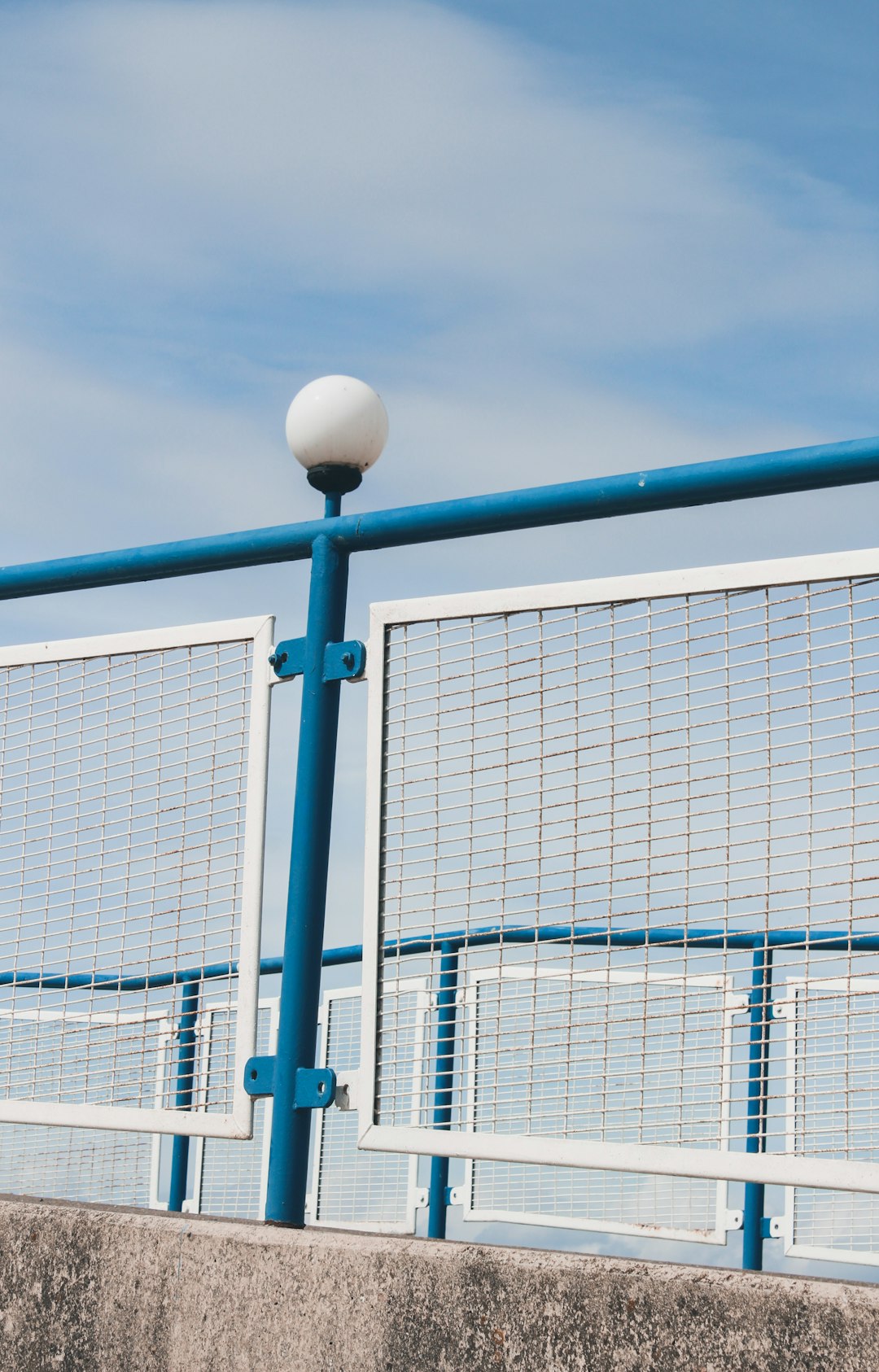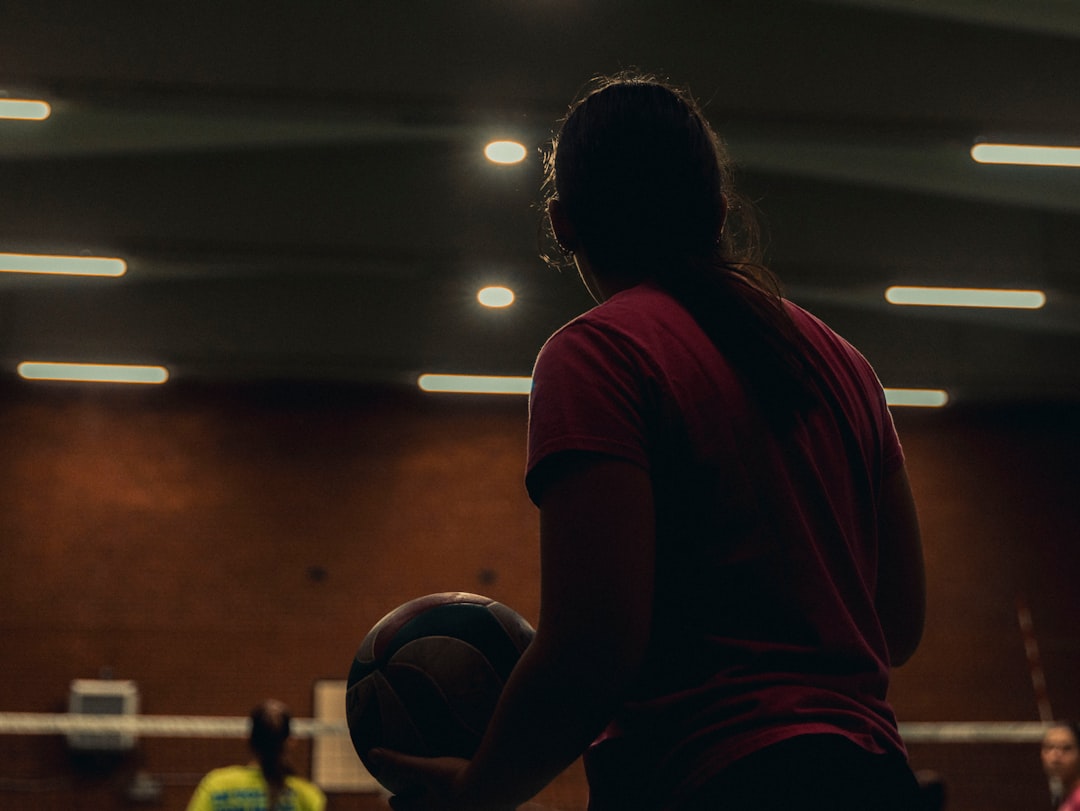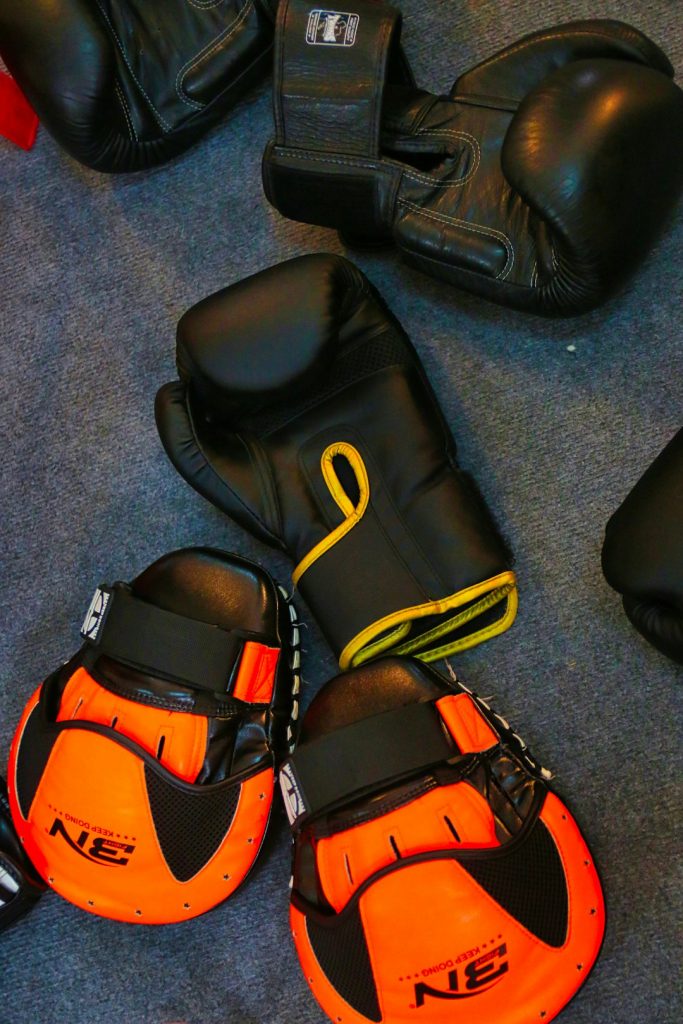In the fast-paced sport of volleyball, the risk of injury is ever-present. Players leap, pivot, and dive—with their ankles taking much of the impact. With ankle injuries being among the most common in volleyball, the question naturally arises: should a player wear an ankle brace for added protection?
TLDR:
Ankle braces can offer effective support and injury prevention for volleyball players, especially for those with a history of ankle issues. While they may slightly limit motion and comfort, the protective benefits often outweigh the drawbacks. Athletes should consult with coaches or medical professionals before using them. Ultimately, wearing an ankle brace can enhance safety, but it’s not a substitute for proper strength training and technique.
Why Volleyball Players Are Prone to Ankle Injuries
Volleyball involves quick lateral movements, rapid direction changes, and frequent jumping—movements that place significant stress on the ankles. Most common are inversion injuries, where the foot rolls inward, potentially spraining the ligaments. Landing on another player’s foot at the net is a typical scenario for this type of injury.
According to sports injury researchers, up to 50% of volleyball injuries are ankle-related, making it crucial for athletes to consider both proactive and reactive measures for ankle health.
The Purpose of Ankle Braces
Ankle braces are wearable supports designed to restrict certain ankle movements that could lead to injury. They come in various types, including:
- Lace-up braces: Offer adjustable support and are popular among athletes.
- Rigid braces: Provide firm protection with plastic supports on the sides.
- Sleeve braces: Lightweight options that offer minimal support mainly for comfort.
The primary benefits of wearing an ankle brace include:
- Reducing the risk of ankle sprains
- Stabilizing weakened joints
- Offering psychological confidence to play more freely

Research: Do Ankle Braces Actually Help?
Several studies have proven that ankle braces can lower the rate of initial and recurrent ankle injuries:
- A study published in the American Journal of Sports Medicine found that using lace-up ankle braces reduced ankle injury rates by over 60% in high school volleyball players.
- Another survey conducted among collegiate athletes revealed that players wearing braces had fewer medical visits and less downtime due to injuries.
- Braces were found to be especially effective when combined with proper warm-up protocols and strengthening exercises.
Downsides to Wearing an Ankle Brace
While ankle braces offer protection, they are not without drawbacks. The most cited concerns include:
- Reduced mobility: Some athletes feel restricted, especially during quick turns or sprints.
- Dependence: Prolonged use can lead to reliance, where natural joint strength may decrease over time.
- Discomfort: Poorly fitting braces can cause chafing or loosen during play.
- Perception of weakness: Some players associate bracing with injury, causing self-consciousness.
That said, most of these issues can be mitigated by choosing the right type of brace and ensuring it fits properly.
Who Should Consider Wearing an Ankle Brace?
Not every volleyball player needs an ankle brace, but certain groups are more likely to benefit:
- Players with past ankle injuries: Individuals with a history of ankle sprains or instability should wear braces to prevent recurrence.
- High-level athletes: Those competing frequently or at higher intensities may benefit from the added protection.
- Younger athletes: Young players still developing body control and coordination might use braces as a temporary precaution.
- During injury recovery: Players returning from injury can wear braces during the transition back to competitive play.
As always, it is advisable to consult with a physiotherapist or athletic trainer to determine whether bracing is appropriate for your specific case.
Alternatives and Complements to Ankle Braces
Ankle braces should be one facet of a broader injury prevention strategy. Alternatives and complementary practices include:
- Balance and proprioception training: Exercises such as single-leg stands and wobble board routines improve ankle stability.
- Strength training: Strengthening the muscles of the calf, foot, and leg decreases injury risk.
- Proper warm-up: A dynamic warm-up increases blood flow and ligament elasticity, reducing injury likelihood.
- Ankle taping: Often used by athletic trainers, taping offers short-term protection but may not be as effective as braces for prolonged use.

The Bottom Line
The decision to wear an ankle brace during volleyball is personal and depends on an athlete’s history, level of play, and comfort preferences. While no brace can completely eliminate the risk of injury, wearing one can significantly reduce the chances, especially for those with a history of ankle problems. Braces should be used judiciously and ideally in combination with strengthening and training protocols.
Frequently Asked Questions
Q: Can wearing an ankle brace prevent all injuries?
A: No, ankle braces reduce the risk but do not eliminate it. They serve as one line of defense along with proper technique and conditioning.
Q: Should beginners wear ankle braces?
A: Not necessarily. Beginners can focus on proper training form and ankle strengthening unless they have a history of injury or instability.
Q: How tight should an ankle brace be?
A: The brace should be snug enough to provide support without cutting off circulation or causing discomfort.
Q: Are braces better than taping?
A: Both have merits, but braces are easier to apply and offer consistent support, while taping may become loose over long periods.
Q: Can wearing braces weaken the ankles over time?
A: Over-reliance on braces without complementary strength training can lead to muscle underuse. It is important to balance brace use with conditioning exercises.
